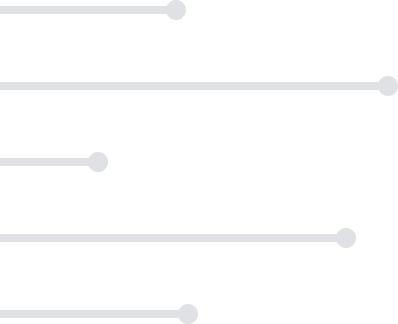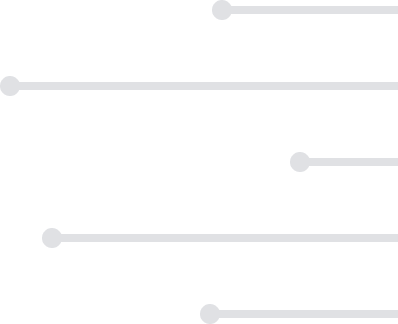
$79
Plus membership
3 Credits
All courses include:
eTextbooks
2 to 3-day turnaround for grading
Multiple chances to improve your grade
On-demand tutoring & writing center
Student support 7 days a week
$79
Plus membership
3 Credits
All courses include:
eTextbooks
2 to 3-day turnaround for grading
Multiple chances to improve your grade
On-demand tutoring & writing center
Student support 7 days a week
American Government
$79
Plus membership
3 Credits
About This Course
ACE Approved 2024
American Government begins with the evolution of the social contract, U.S. political ideals, and the four theories of power in America. Explore Federalism and the connections between federal and state governments.
What You'll Learn
Identify the essential components of the American branches of government.
Analyze primary sources to compare and contrast historical perspectives.
Explain the importance of and evolution of civil rights throughout United States' history.
Delineate between the policies of different political parties.
Identify and recall the basic foundations of American foreign policy.
Distinguish voting patterns throughout United States history.
Create a civic engagement communication and defend a current community issue of personal importance.
Think and critically write about policy and presidential documents essential to understanding the political trajectory of the United States of America.


Your Life, Your Schedule, Your Education
Transfer into over 3000+ institutions that accept ACE courses or transfer directly into 180+ partner schools.
Request Information
This course examines the structure of United States government by analyzing its domestic and foreign duties in relation to its democratic foundations and values. In addition, this course discusses how the American people influence and interact with both federal and state institutions.
There are no prerequisites to take American Government.
| Topic | Subtopics |
|---|---|
| Critial Thinking and Political Culture: Becoming a Responsible Citizen |
|
| Constitutional Democracy: Promoting Liberty and Self-Government |
|
| Federalism: Forging a Nation |
|
| Civil Liberties: Protecting Individual Rights |
|
| Equal Rights: Struggling Toward Fairness |
|
| Public Opinion and Political Socialization: Shaping the People's Voice |
|
| Political Participation: Activating the Popular Will |
|
| Political Parties, Candidates, and Campaigns: Defining the Voter's Choice |
|
| Interest Groups: Organizing for Influence |
|
| The News Media and the Internet: Communicating Politics |
|
| Congress: Balancing National Goals and Local Interests |
|
| The Presidency: Leading the Nation |
|
| The Federal Bureaucracy: Administering the Government |
|
| The Federal Judicial System: Interpreting the Law |
|
| Economic and Environmental Policy: Contributing to Prosperity |
|
| Foreign Policy: Protecting the National Interest |
|
Your score provides a percentage score and letter grade for each course. A passing percentage is 70% or higher.
Assignments for this course include:
- 5 Reflective Responses
- 2 Writing Assignments
- 4 Graded Exams
The required eTextbook for this course is included with your course purchase at no additional cost.
Patterson, Thomas. We the People: An Introduction to American Government. 15th ed., McGraw Hill, 2024.
American Government students also take:
Helpful resources:







